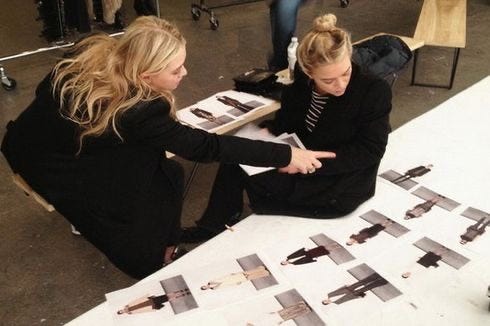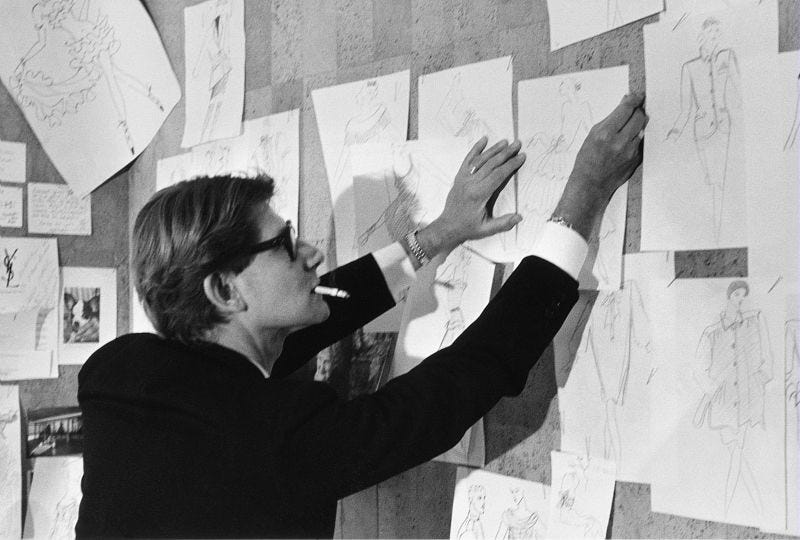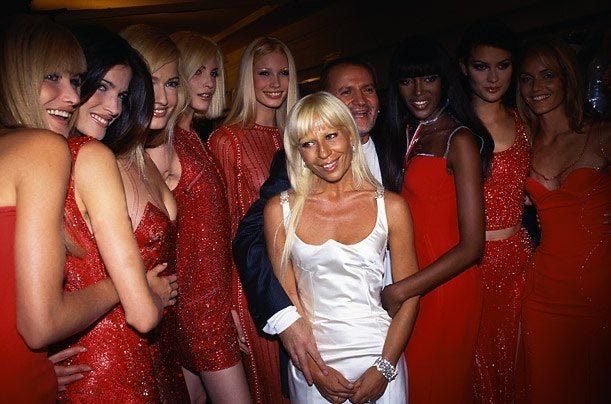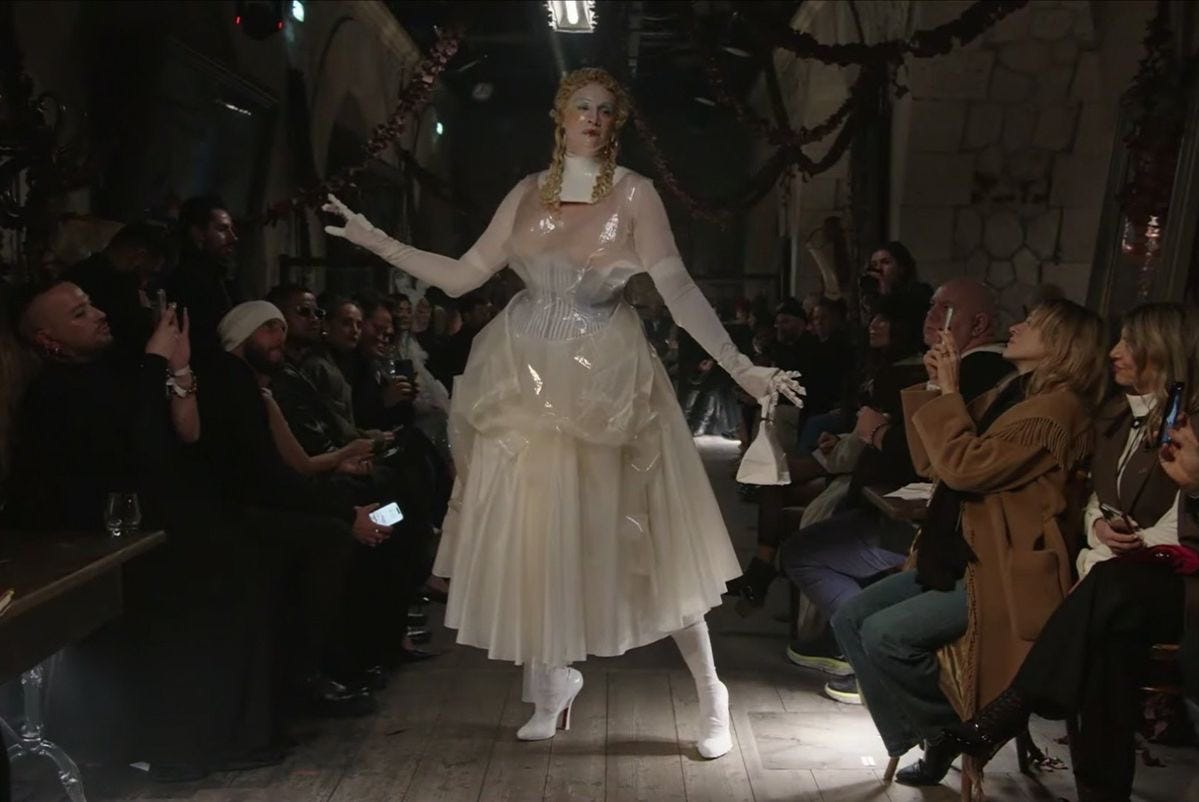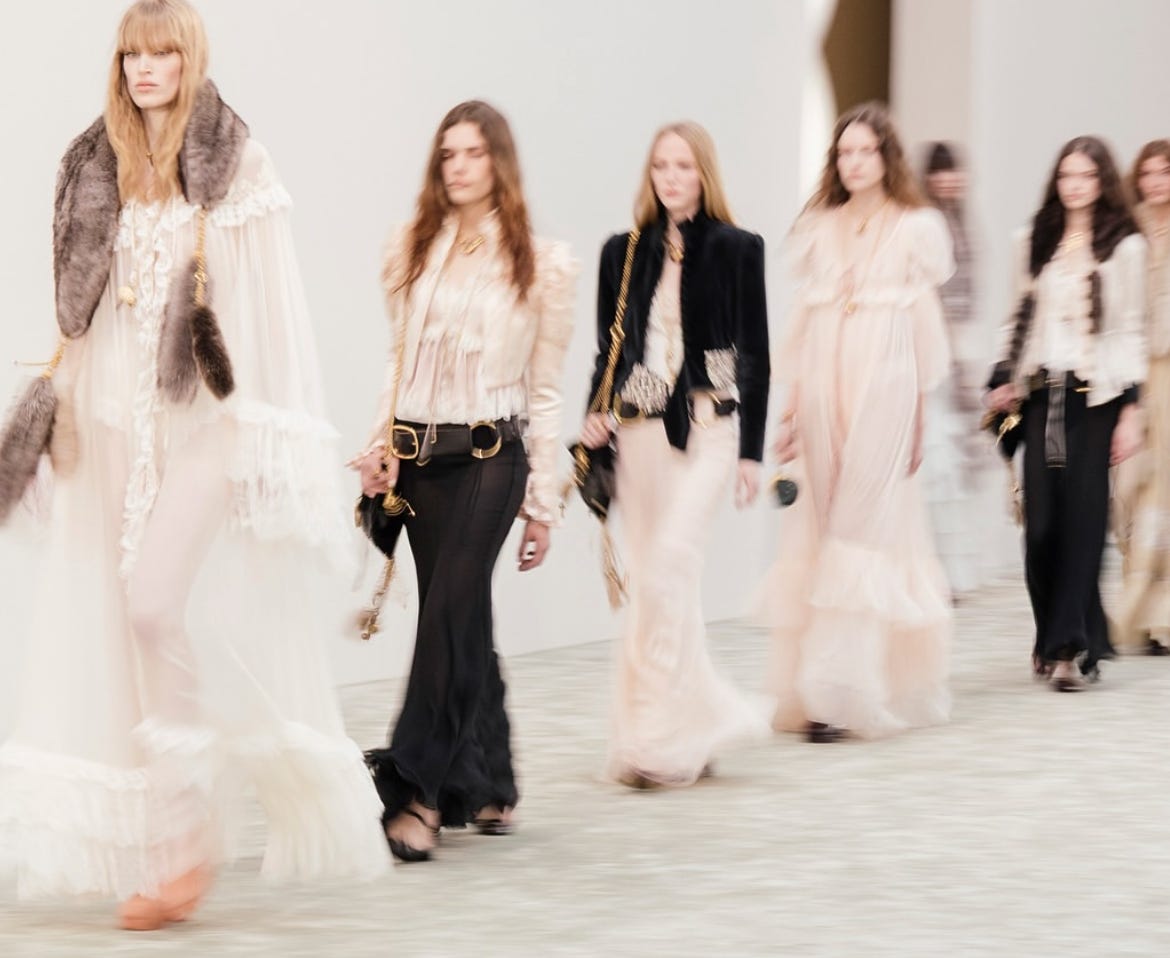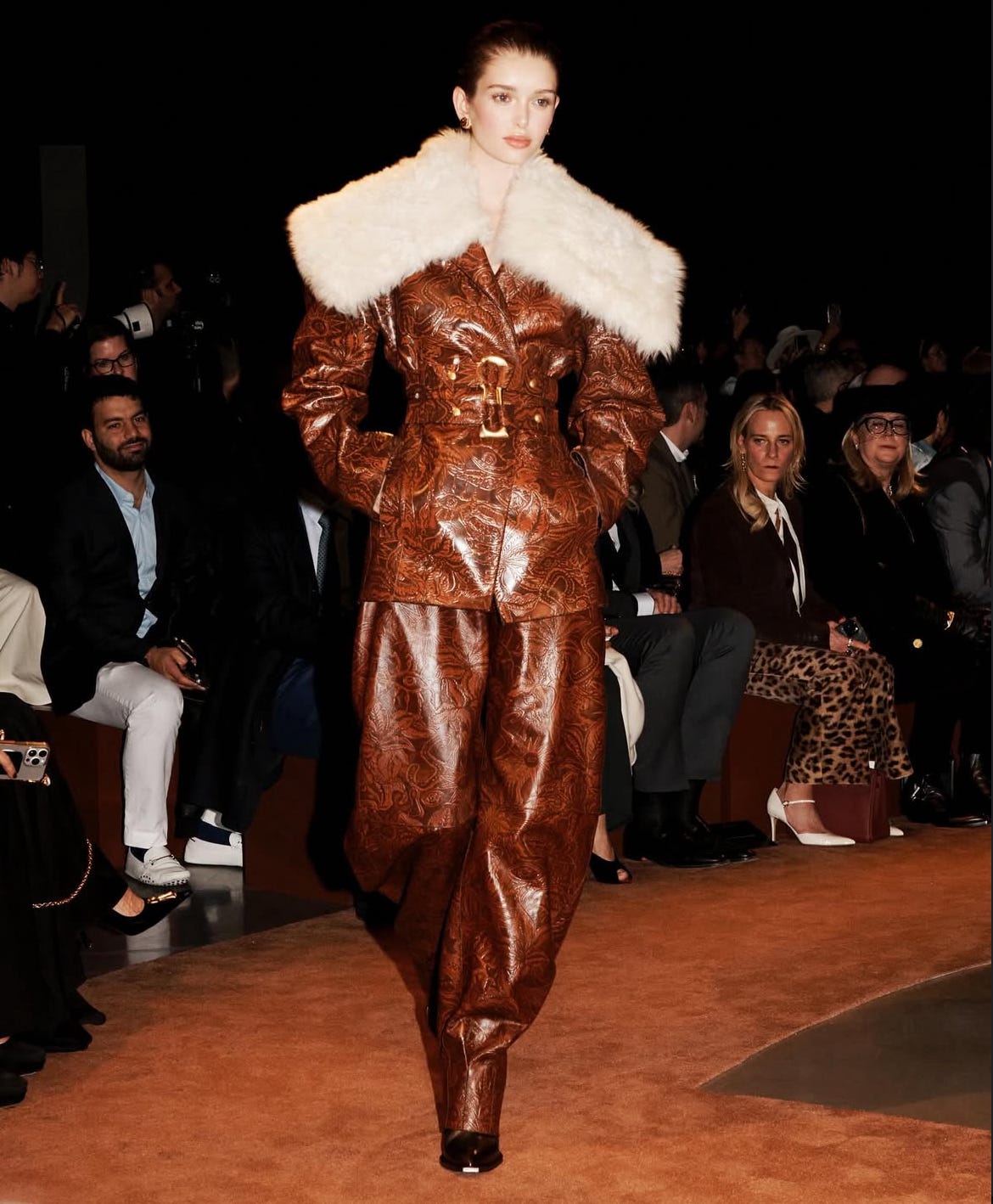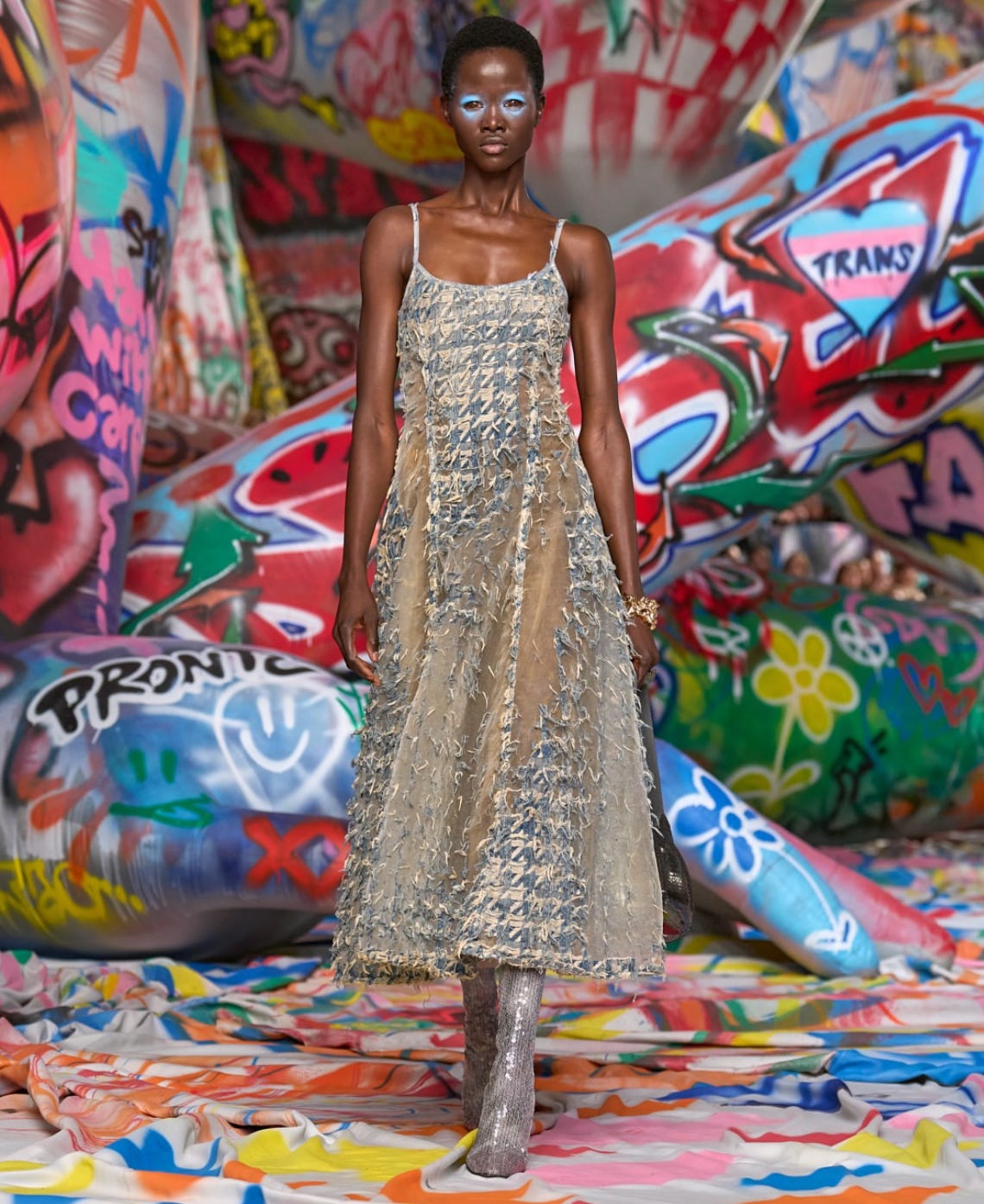I promised myself I wouldn't write about this fashion season. Well, maybe I lied. Although I may not be doing the regular X fashion week digest, this article will certainly include nods to collections seen last season — yes, think *that* heart-stopping debut, the surrealist darling that never ceases to amaze us, whimsically bohemian dreams, the power dressing of some favorites, the slogan tees that got the message right, or the place where styling is in short supply. The latest fashion season is going to be talked about. But not in the usual way.
After all the talented, brilliant, well-crafted, or gracelessly bad collections that crossed our path during Spring/Summer 2025 Couture Week and the Fall/Winter 2025 season, it hit me: What makes a collection good?
Is there a reason why, like a cooking recipe, where A ingredient plus B equals a good fashion collection? That may have sounded too much like Carrie Bradshaw — perhaps I have been watching too much Sex and the City. But long story short, in an industry that says it strives for creative freedom, are there any fixed and not very flexible rules to achieve the creation of a good collection? Creative freedom is not discouraged — we all like innovation. But there are definitely some non-negotiables that make a collection really flourish.
But what are they? The usual has crossed my mind: The creative director and the team have to be true to the house codes. Blah blah blah, honoring tradition. But they have to have some dare to go beyond — innovation. What else? Is it just to have in mind tradition with a touch of innovation, enough to reach the ‘‘good’’? We are more complex than that. And if we go into more intricate questions, what does it mean to be good? After all, good and bad are subjective and vary from person to person. Well, not in fashion. Here, there seems to be a kind of precise linearity that guides what is a good and what is a bad collection. A set of details, principles, and values. But what are these?
In order to solve this enigma, I've decided to ask the pros the question that gave this post its title. ‘‘A collection is good when it is memorable and has a point of view,’’ fashion connoisseur Hiral Arora, aka @chaoswintour, tells me. The word ‘memorable’ quickly evokes Maison Margiela's ‘Artisanal’ Spring Couture 2024 — from a not-so-distant past but also not so recent present.
The mysterious, seductive, shadowy presentation that earned John Galliano his many accolades sticks in the mind like chewing gum. Whether it was Pat McGrath's make-up, the elaborate, intriguing storytelling or the meticulously crafted garments, Maison Margiela's show was unforgettable. Ask any fashionista what they were doing on January 25, 2024, and the answer will come in unison. Because there was a specific point of view. Or narrative, as journalist and content creator Antonio Padilla, aka @immaculate.style, puts it. ‘‘ I believe a good collection has a clear, distinctive unified theme,” Padilla explains. Well, Margiela's show had a distinct theme accompanied with a clear storyline and craftsman mastery. As @chaoswintour tells me later, ‘‘a story is just as important as technical mastery.'’ And Margiela had both.
Its narrative and walking characters were memorable. It garments too. And the drama, the eerie aura behind it all made it easy for the audience to be completely drawn in. Nowadays, with the impact of social media, when everything is happening everywhere all at once, it is hard for fashion houses to make memorable collections and stand out in our minds. For @chaoswintour, the key to being remembered is through narrative.
Fashion student @pradachurch shares a different point of view. “Storytelling is of course always a great bonus but not essential for a collection to be good in my eyes,” explains Noah, who sees staying true to the brand's identity while still evolving as the key to success. From Chemena Kamali Chloé’s — with her boho, whimsical, ethereal vision of ruffles swaying in the air, bouncy floor-length pants, austere belts and romantic dresses that made the crowd fall in love — to Antonio Vaccarello's Saint Laurent's flirty proportions, power dressing and deeply saturated hues, house codes plus evolution is indeed a smart move. But sometimes they also need a dash of extra — be it from the memorable spark or a spot-on storytelling.


But given the fast-paced nature of social media, which undoubtedly controls the attention, or lack thereof, paid to a particular fashion show, Noah doesn't think narrative is as essential these days. ''I don't always have time to experience a collection through a full presentation and often engage with it simply through images online,'' @pradachurch states. Noting that a collection can be great based on the garments alone, regardless of whether it was originally presented with more depth or emotional context, Noah is more concerned with the artistry and creation of the garments, which for the fashion student are the true star of the show.
But then, as @immaculate.style tells me, a narrative gives the power of connection. ‘‘ I want to be able to connect with the collection on the runway and clearly understand the story the designer is telling,’’ the journalist shares. I think of Patricio Campillo’s collection honoring Mexican culture — and ‘‘El Golfo de México shirt’’ —, such an important statement at a time when we are watching the reemergence of Donald Trump's bigoted anti-immigrant comments and policies. Or Dilara Findikoglu, where Venus was given a modern wardrobe makeover by the coolest designer in London.
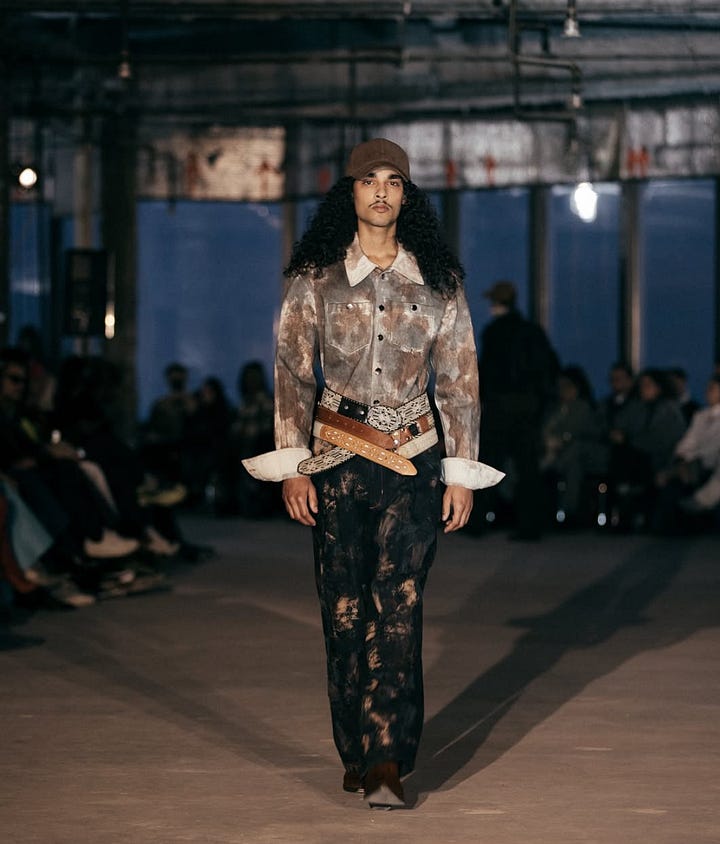
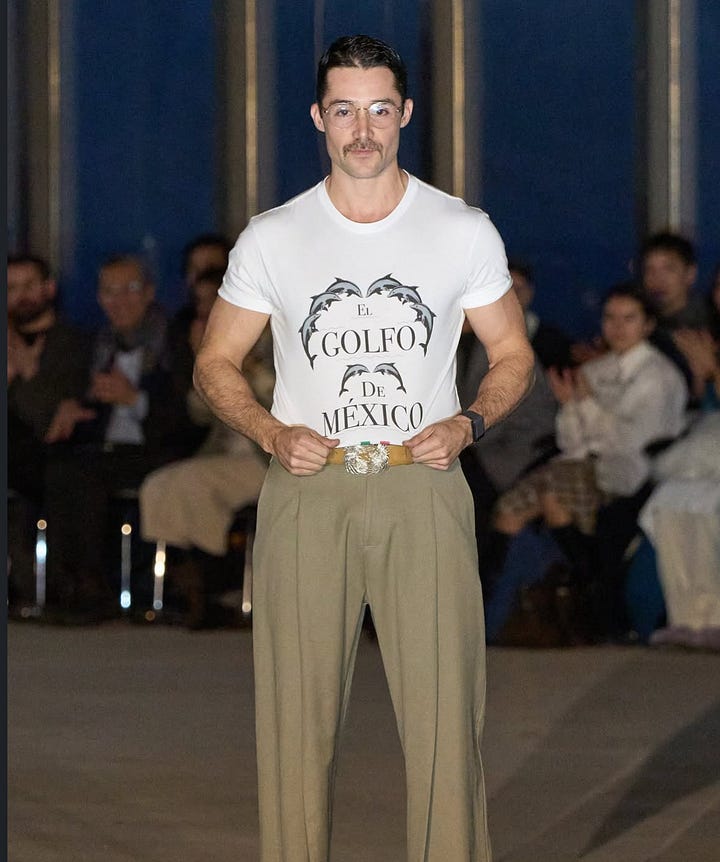
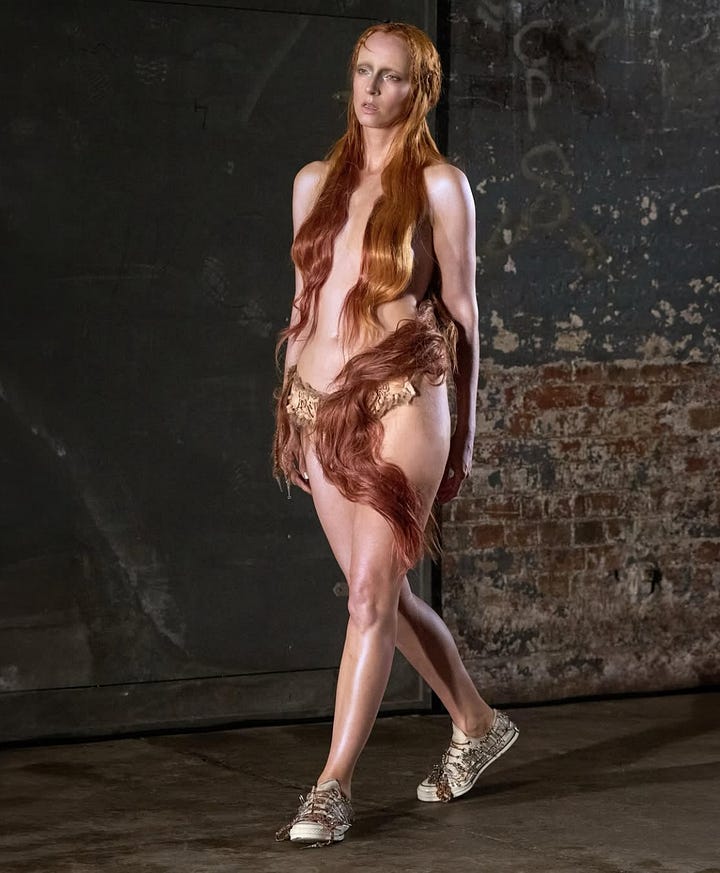
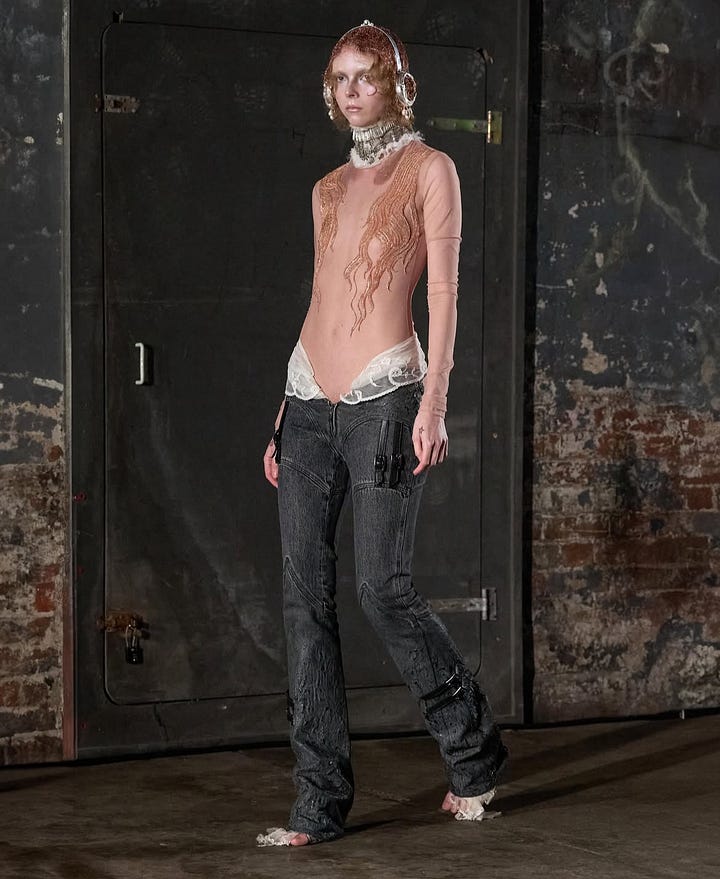
Fashion’s connection happens in so many ways — from a political statement to its story. Regardless of where it comes from, it's pushed, and it truly brings people together to something bigger, something real. ‘‘I want to recognize the situation in life the clothes are meant to be worn for,” Padilla shares. Think Calvin Klein for a more minimalist, formal workplace — Tod's if you like to dress for the job with a twist. When you're out and about in the city, Isabel Marant and Miu Miu might appeal. For the Carries of their groups, go for Christopher John Rogers and Prada. And if you are the rock star of the gang, Haider Ackermann's Tom Ford and Olivier Rousteing's Balmain are the way to go. Naturally, situations vary from person to person. But essentially, a good collection is cohesive and has a linear structure.
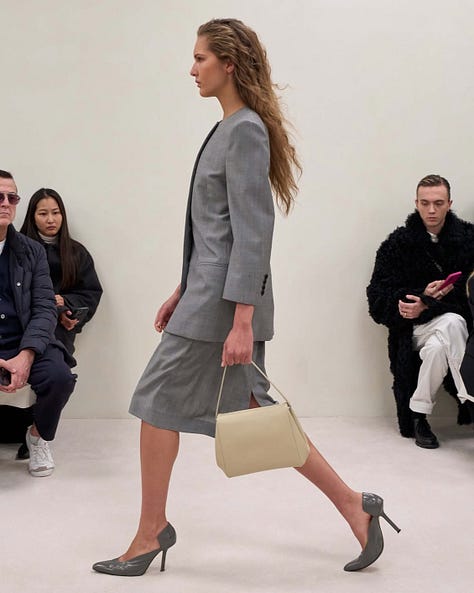
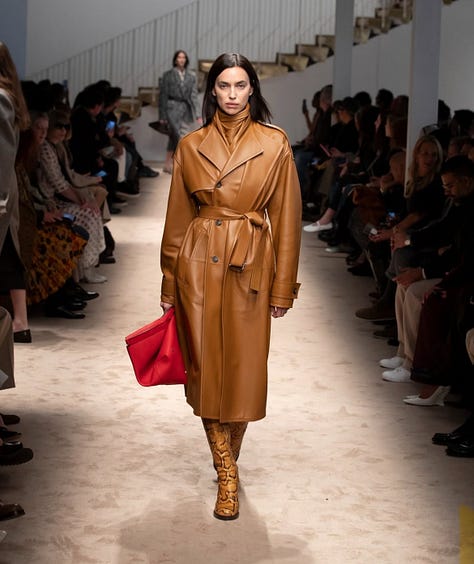
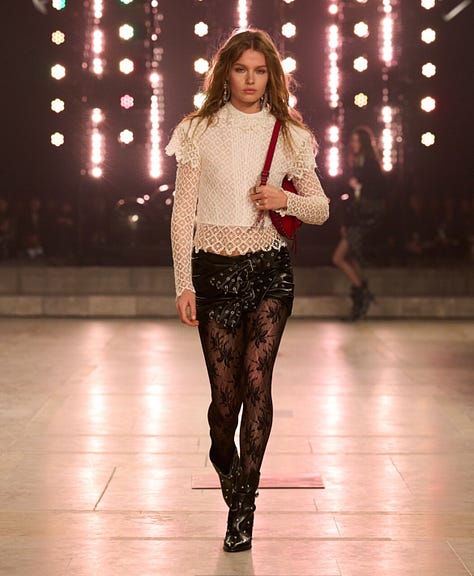

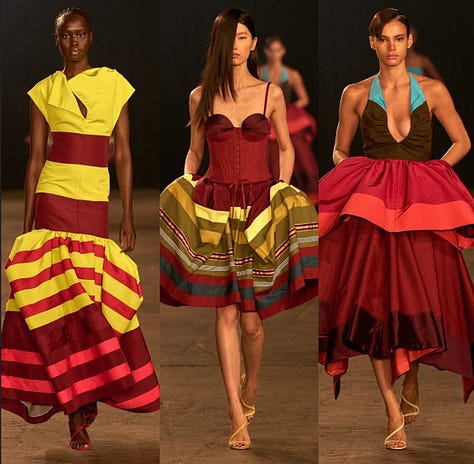

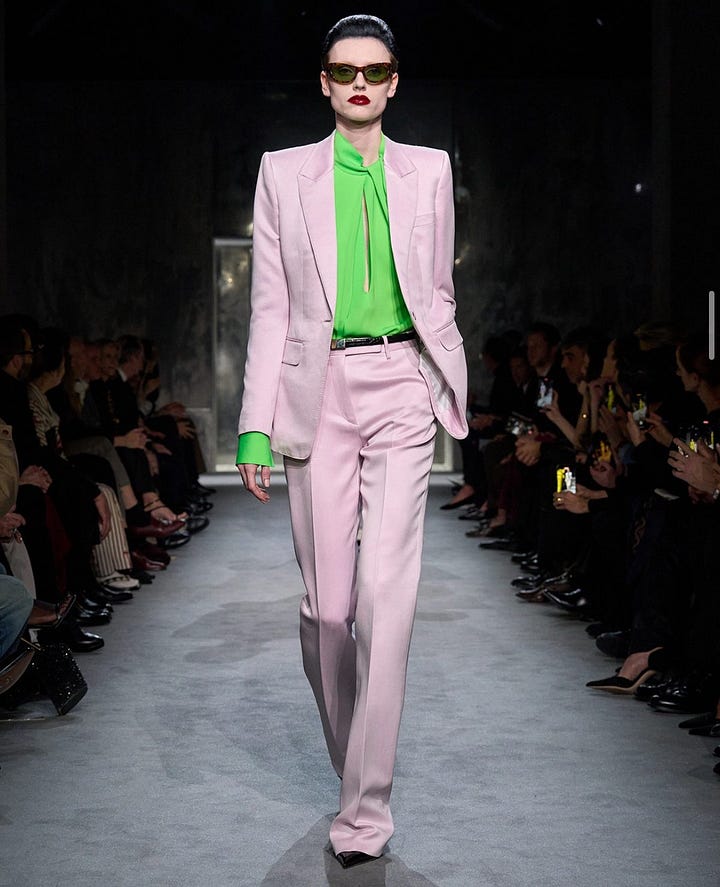
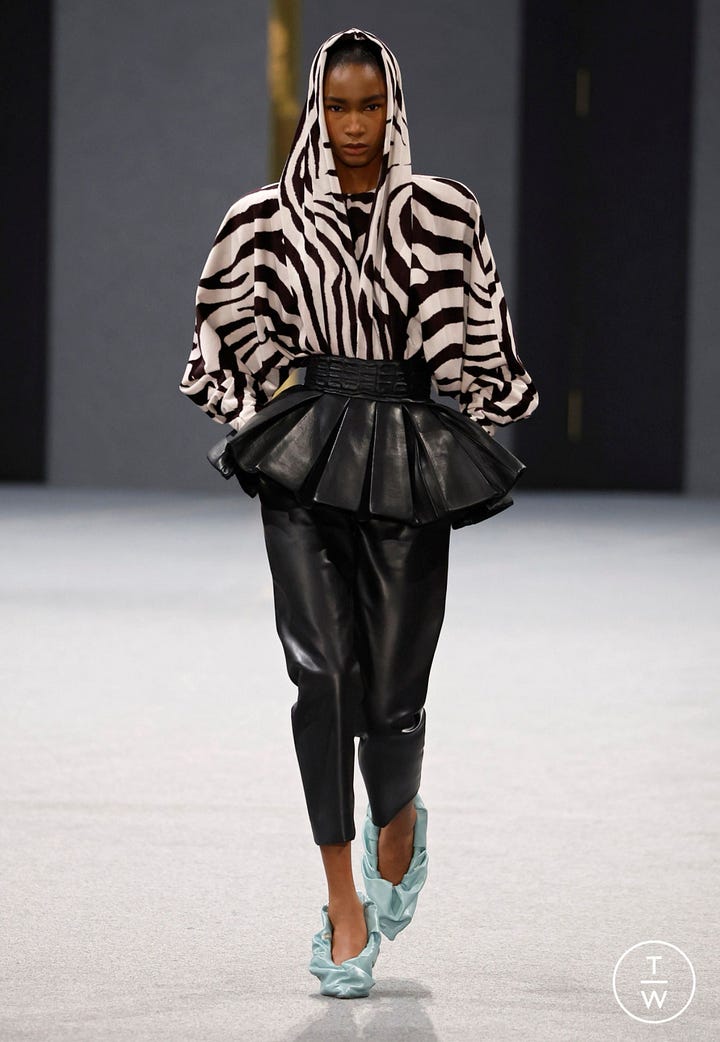
Fashion blogger and *the* Schiaparelli expert behind @schiaparelli.archive, Gabriela, gives voices to something else: curation. “A meticulously curated collection is a unique art form that speaks to people on deeper level. 20-40 looks will always translate better than 100 ones that look like they have just been added for the sake of having opinions to sell,” she explains. Case in point: Schiaparelli, where in a total of 43 looks, each tells its own story within the same theme — women dressing for themselves, embracing traditional male archetypes, cowboy core and surrealism along the way.
By contrast, there was Chanel, with a total of 71 looks, some of which were great, like Look 56, an angelic pink lace dress with ruffles, and Look 66, a black silk coat buttoned-to-the-top, while others just didn't really say anything — like Look 25, because what was that?
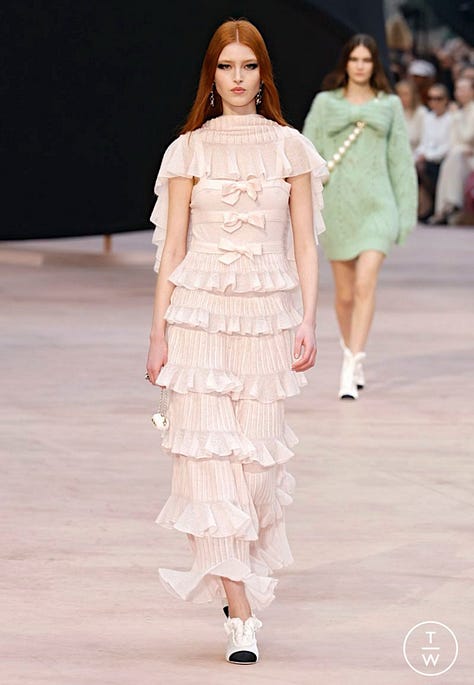
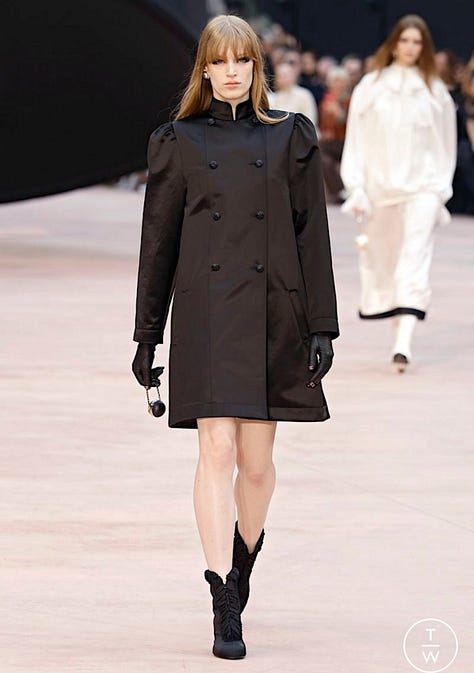
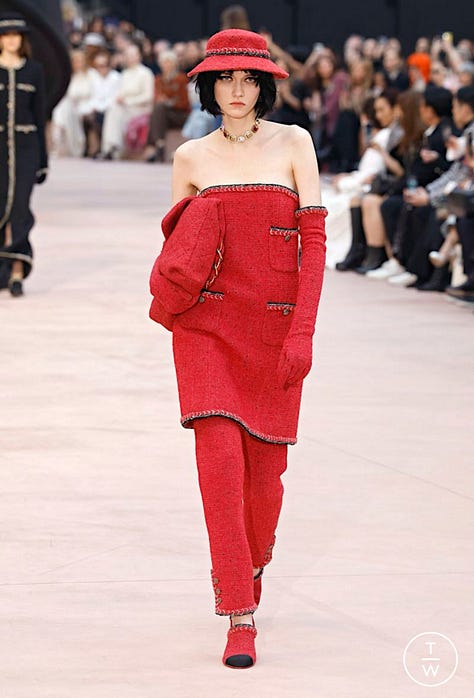
Ultimately, Gabriella advocates for cohesion and also for not being all over the place. While cohesion can be achieved through organization, let's say a brainstorming process and a mood board with a clear idea in mind, curation and narrative can assist in not wanting to be everywhere, thus keeping it all more centered.
As for fashion commentator Hanan Besovic, aka @ideservecouture, the good collection features creativity, a great show presentation, what is right for the house and what is right for the customer. Consider this season’s Alaïa show. Creativity lay in the shapes, which took on a sculptural and curvaceous dimension, and in the pleats and draperies that lifted the room. Great intimate show, in their atelier. Just right for the house, check — Azzedine Alaïa and Pieter Mulier's great inspiration, the strength of women and beauty laid bare. And, last but not least, right for the client, indeed — artsy designs meet a smart and sleek attitude, where singularity shines. Besovic is right to mention the customer. The good collection has commercial looks. After all, it needs them to survive. The issue comes when a certain brand relies too much on commerciality — hello, Balenciaga! — and forgets the core identity of the label.

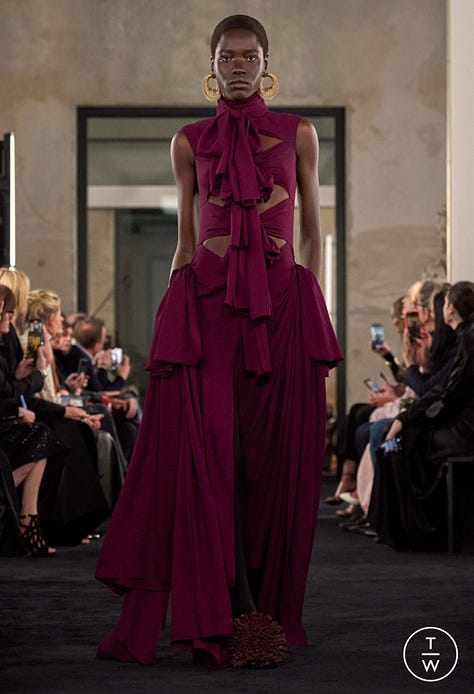
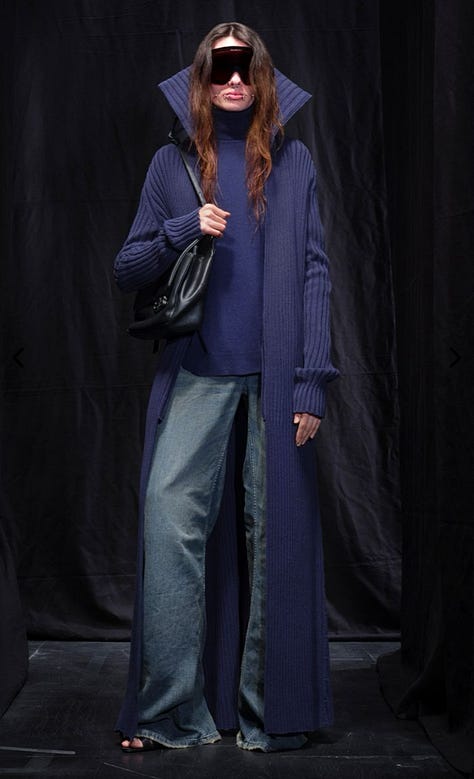
Location can be a saving grace — as long as it's not a mud pit. But when it is thoughtfully matched with a consistent collection, it truly thrives. Case in point: Diesel. Glenn Martens has the ability to do anything and get away with it. Whether it's filling a room with condoms and putting out a very sultry collection, or embracing the party-girl persona and throwing a rave in the middle of the rain while models walk in looks that are sure to throw a great party. This season was all about playing with archetypes and subverting tradition. The perfect place for this? A graffiti installation created by a global street art collective of some 7,000 amateur and professional graffiti artists. On the catwalk, Diesel's signatures — denim, vivid colors, pop, street culture — were mixed with severe tailoring, tulle, leather and jacquard denim. Experimentation was everywhere, from the stage to the attire. And that is what really matters.
Ultimately, the balance must be respected. A nice, reasonable dash of creativity and innovation, supplemented with the house codes, is a great start. Then moving to a unified, cohesive narrative will keep things moving in the right direction. Don't go off the rails. Curate, sometimes less is more. As for the show presentation, find a place that fits that narrative. And as for your clientele, well, they should always be in your mind. Know who you're selling to. Like, would a Versace woman wear flats? You know the answer.



